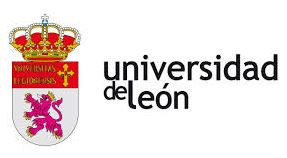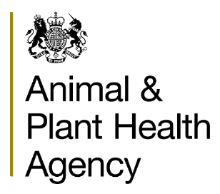Protective Effect of Oral BCG and Inactivated Mycobacterium bovis Vaccines in European Badgers (Meles meles) Experimentally Infected With M. bovis
Artículo de investigación publicado en Frontiers in veterinary science
4 de febrero de 2020
In Europe, badgers (Meles meles) are recognized as major tuberculosis (TB) reservoir hosts with the potential to transmit infection to associated cattle herds. Recent studies in Spain have demonstrated that vaccination with a heat-inactivated Mycobacterium bovis vaccine (HIMB) successfully protects captive wild boar and red deer against progressive disease. The aim of this study was to evaluate the efficacy of two oral vaccines against TB in a badger model: the live-attenuated M. bovis bacillus Calmette-Guérin BCG vaccine (Danish strain) and a HIMB vaccine. Twenty-four badgers were separated in three treatment groups: oral vaccinated with live BCG (108 CFU, n = 5), oral vaccinated with HIMB (107 CFU, n = 7), and unvaccinated controls (n = 12). All badgers were experimentally infected with M. bovis (103 CFU) by the endobronchial route targeting the right middle lung lobe. Throughout the study, clinical, immunological, pathological, and bacteriological parameters of infection were measured. Both vaccines conferred protection against experimental TB in badger, as measured by a reduction of the severity and lesion volumes. Based on these data, HIMB vaccination appears to be a promising TB oral vaccine candidate for badgers in endemic countries
Balseiro A., Prieto JM., Alvarez V., Lesellier S., Dave D., Salguero FJ., Sevilla IA., Infantes-Lorenzo JA., Garrido JM., Adriaensen H., Juste RA. y Barral M.
 | Facultad de Veterinaria. Universidad de León. |
| Servicio Regional de Investigación y Desarrollo Agroalimentario (SERIDA). Gobierno del Principado de Asturias. | |
| Animalien Osasuna. Instituto Vasco de Investigación y Desarrollo Agrario (NEIKER). Gobierno Vasco. | |
 | Department of Bacteriology. Animal and Plant Health Agency (APHA). |
 | Public Health England (PHE). |
 | Servicio de Micobacterias (MYC). Centro de Vigilancia Sanitaria Veterinaria (VISAVET). Universidad Complutense (UCM). |
| CIRE Plateform. Service Imagerie. Centre INRAE Val-de-Loire. | |
| Nancy Laboratory for Rabies and Wildlife. Agence Nationale de Sécurité Sanitaire de l´alimentation, de l´environnement et du travail (ANSES). | |
Noticias relacionadas en otros medios:
- España avanza en la vacunación oral de reservorios de tuberculosis - animalshealth.es

